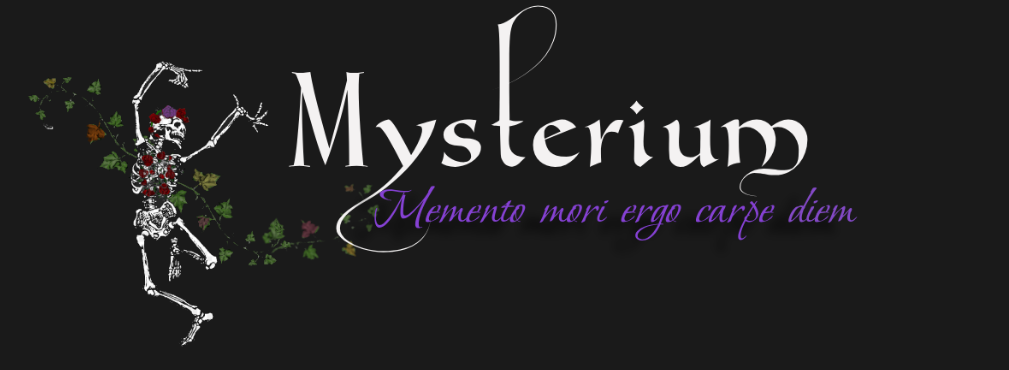
Professor Elizabeth Scarborough muses on potential futures for discarded monumental statues:
Monuments are objects designed and created intentionally to remind us of something worth honoring. According to J.B. Jackson, “A traditional monument, as the origin of the word indicates, is an object which is supposed to remind us of something important. That is to say, it exists to put people in mind of some obligation they have incurred: a great public figure, a great public event, a great public declaration which the group had pledged itself to honor.” The aesthetic pleasure it might facilitate, Jackson believes, is secondary. In this way monuments have value as they remind their audience “of something important,” – some group commitment. While we might approach them as solitary individuals, their meaning is derived from some collective experience.
As C. Thi Nguyen argues in “Monuments as Commitments: How Art Speaks to Groups and How Groups Think in Art” monuments are not only backward-looking. They ask us to commit to protect values, then act according to those values. In this sense, we rightfully decide to jettison values that no longer serve us – and consequently monuments of racist figures must too be jettisoned. And if it is time for these racist monuments to die, the question is – what should we do with their bodies?
Personally, I have my eye on the pedestals, many of which stand in positions of public prominence. How might these objects/sites be repurposed to better and more deeply serve modern communities, and indeed the modern age?
For example, the plinth that had supported the Robert E. Lee monument shown above has since been razed, but here are some Photoshop models of that plinth repurposed as a community memorial site. I envision the pedestal fitted with a large screen – similar to outdoor advertising screens – that could display images for ceremonial remembrance gatherings:


This type of public memorial event wouldn’t be for everyone – many people prefer the relative privacy of rites in funeral homes or cemeteries – but the widespread popularity of candlelight vigils and vernacular memorials clearly shows the potential.
